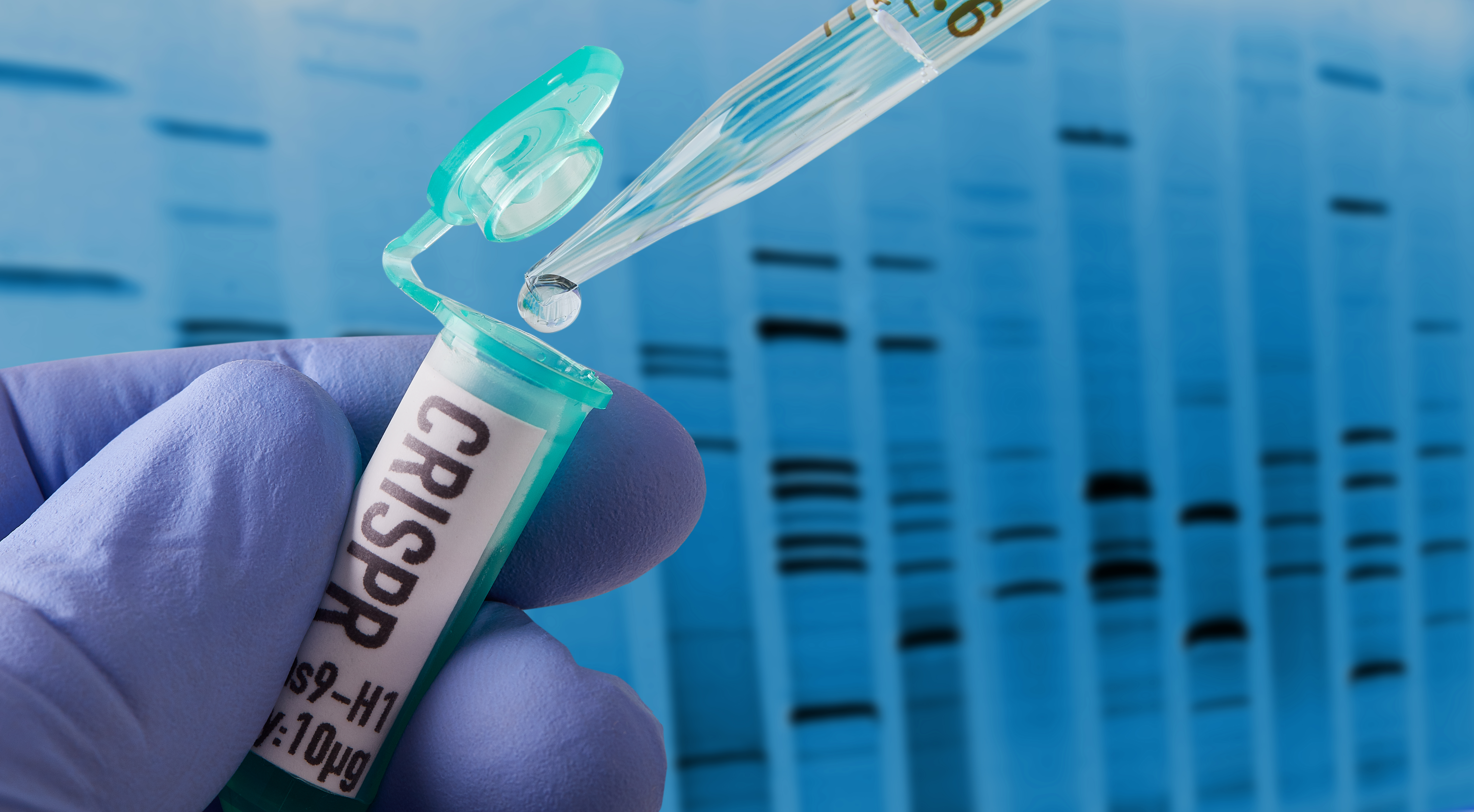Using CRISPR to Edit Eggs, Sperm, or Embryos Does Not Save Lives
By Tina Rulli,
STAT
| 10. 15. 2019
The startling announcement by He Jiankui almost one year ago that he had created the first genetically modified human beings unleashed a torrent of criticism. It also brought to the surface common misunderstandings — even among scientists and ethicists — that reproductive uses of this genome-modifying tool have therapeutic value, will treat people with genetic disorders, will save lives, and will eradicate disease. None of those are true.
The twin girls that He helped create are publicly known as Lulu and Nana. Their father is HIV-positive. The scientist said he used CRISPR-Cas9 genome editing technology to disable a gene called CCR5 to mimic a naturally occurring gene deletion that appears to confer immunity against HIV.
A major criticism from the scientific community, which has otherwise been generally supportive of advancing gene technologies, was that He did not use the technology to address a serious medical need. That criterion stems from a 2017 report by the U.S. National Academy of Sciences and the National Academy of Medicine recommending that, once the technology is ready and safe, genetic modification of embryos could...
Related Articles
Following a long-standing CGS tradition, we present a selection of our favorite Biopolitical Times posts of the past year.
In 2025, we published up to four posts every month, written by 12 authors (staff, consultants and allies), some in collaboration and one simply credited to CGS.
These titles are presented in chronological order, except for three In Memoriam notices, which follow. Many more posts that are worth your time can be found in the archive. Scroll down and “VIEW...
By Jonathan Matthews, GMWatch | 12.11.2025
In our first article in this series, we investigated the dark PR tactics that have accompanied Colossal Bioscience’s de-extinction disinformation campaign, in which transgenic cloned grey wolves have been showcased to the world as resurrected dire wolves – a...
By Jenny Lange, BioNews | 12.01.2025
A UK toddler with a rare genetic condition was the first person to receive a new gene therapy that appears to halt disease progression.
Oliver, now three years old, has Hunter syndrome, an inherited genetic disorder that leads to physical...
By Simar Bajaj, The New York Times | 11.27.2025
A common cold was enough to kill Cora Oakley.
Born in Morristown, N.J., with virtually no immune system, Cora was diagnosed with severe combined immunodeficiency, a rare genetic condition that leaves the body without key white blood cells.
It’s better...




